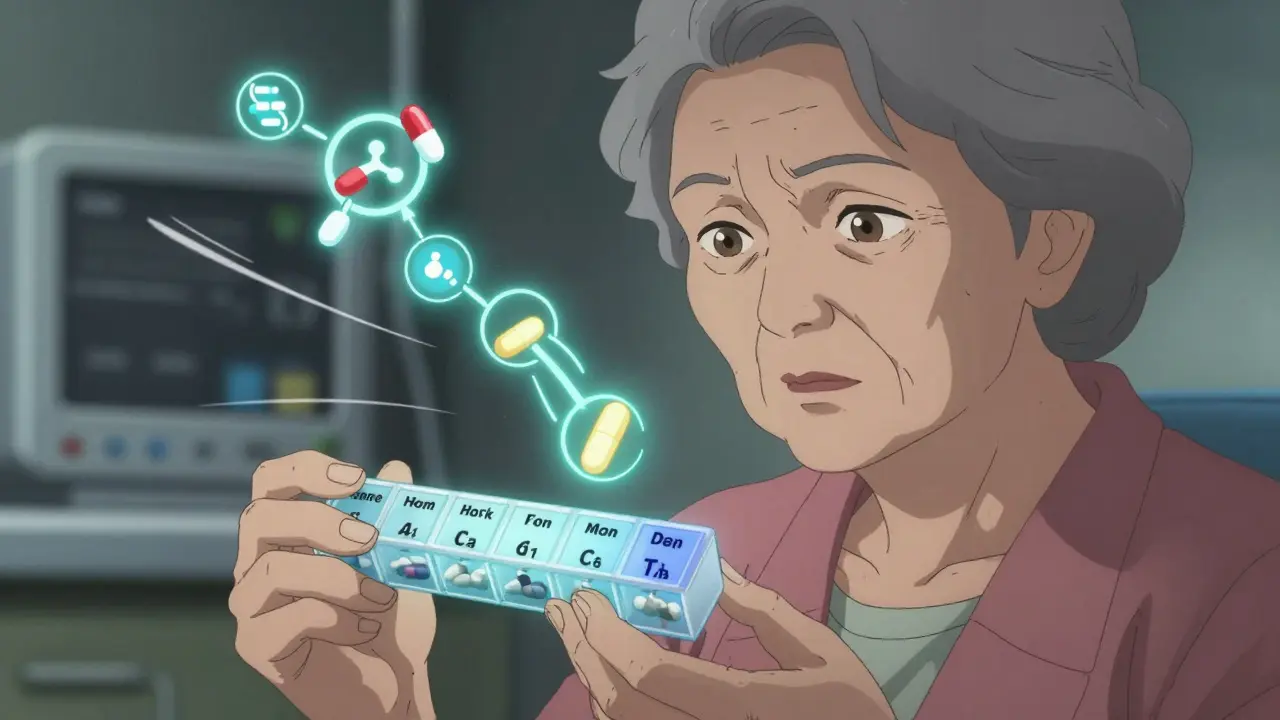Digital Protests: How They Work and How to Join Safely
Digital protests are everyday actions people take online to push for change. That can mean a trending hashtag, a petition with thousands of signatures, a coordinated email campaign, or people calling out a company on social media. They move fast and can push companies or governments to act — sometimes within hours.
Not all digital protest tactics are the same. Hashtags and shares raise awareness. Petitions and targeted emails show organized pressure. More aggressive actions like DDoS attacks or doxxing try to disrupt or expose, but those cross legal and ethical lines. Knowing the difference helps you support causes without getting into trouble.
Practical safety tips
Want to help but stay safe? Start with basic online hygiene. Use a strong, unique password and enable two-factor authentication on social accounts. Check privacy settings so you control who sees your posts. If you’re joining a campaign that asks for personal data or payment, verify the organizer first.
Before you share or sign anything, ask three quick questions: Who started this? What’s the exact ask? Where does the money or data go? Scams ride on emotional stories, so pause and check sources. Do a reverse image search, read the linked site, and look for official statements from the organization involved.
If a protest asks you to take risky or illegal steps — like hacking, swatting, or sharing private info — don’t. Those actions can harm people and land you in legal trouble. You can be effective and lawful by amplifying verified information, signing petitions, and contacting decision-makers directly.
Ways to support a cause online that actually help
Small, legal actions add up. Share verified posts with a short personal message that explains why the issue matters to you. Sign petitions only from reputable platforms and check the organizer’s background. If fundraising is part of the action, use trusted payment processors and read how donations are used.
Contacting officials or company customer service works better than anger alone. Short, polite messages that include a clear request (refund, policy change, transparency) are more likely to be read and recorded. Organize friends to send similar messages on the same day — coordinated but lawful pressure often gets results.
Track impact. Many campaigns post progress updates, but independent coverage in news sites or regulatory responses are stronger evidence of change. If the campaign targets a business — for example, a pharmacy or drug maker — look for follow-up actions like policy updates, price reviews, or public statements.
Finally, protect your mental health. Online activism can be intense. Set limits on how much you read or post. Mute extreme accounts and focus on sustainable ways to help. That keeps you effective without burning out.
Digital protests are powerful when done smart and safe. You can push for real change by checking facts, staying lawful, protecting your privacy, and using clear, coordinated actions that decision-makers can’t ignore.
Exploring Digital Protests through 'Twitter and Tear Gas': A Deep Dive into Online Organizing
Bryant Alexander's book club embarks on a profound journey with 'Twitter and Tear Gas' by Zeynep Tufekci, examining the interplay between digital platforms and global protest movements. The reading reflects on the roles of technology in enhancing or hindering these movements.




